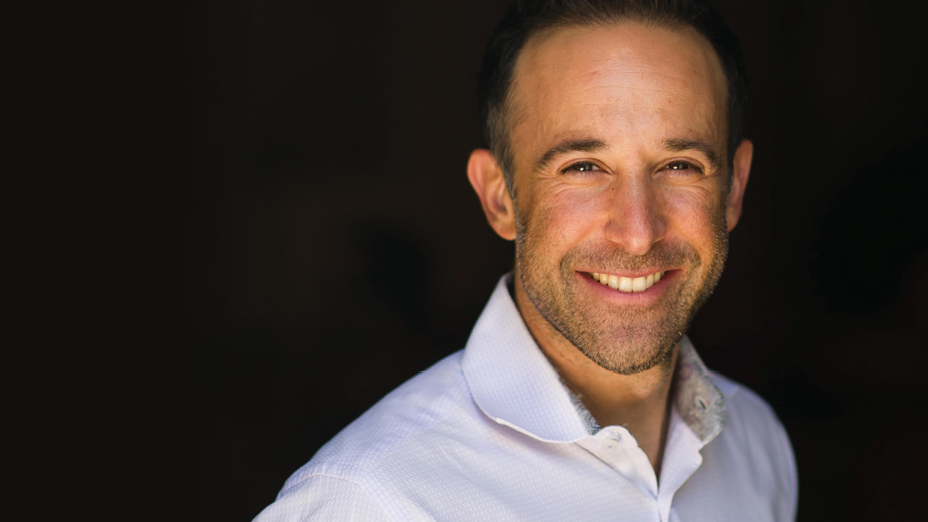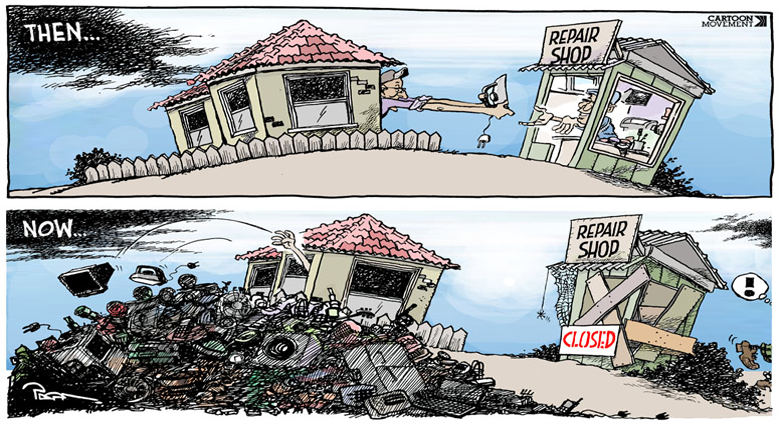We have a problem when it comes to work-life balance. There is no such thing.
This past May, I attended a conference in New York City called, Mirren New Business. It's about as niche of a conference as they come. This one is solely focused on the role of business development for marketing and communications agencies. Along with learning new skills to build and win the perfect pitch, the hallway chatter is second to none. You can sidle up against some of the sharpest ad agency people in the business (our modern day Mad Men) and ask them the questions that your agency has been struggling with. There is no shock in knowing that the marketing agency business has a terrible reputation when it comes to burnout. In leading up to a big pitch, it is not uncommon for certain agencies to break out the folding beds and have people bring their toothbrushes and towels to hunker down for a handful of days/nights that would make cramming for a high school exam seem like a trip to the movie theaters to catch Man Of Steel in IMAX 3D. At the conference, I approached the global chief creative officer from one of the world's hottest advertising agencies and asked him what he does when asked for feedback from his team when the client presentation is the next day, and there is little time for changes to happen? This was his answer: "If they come to you at noon and the presentation is at 11 am the following day, they still have eleven hours to fix things... that's plenty of time."
We think of work-life balance as if our work should fall outside of our lives
Technology makes this even more complicated.
It started with the pervasiveness of cellphones then took on exponential growth with the popularity of the BlackBerry, and now smartphones and tablets have created a blurring between the work that we do and the lives that we're leading. There are currently studies looking at people's "time to device," or how long it takes you from waking up to make a reach for your mobile. As you can imagine, we have shifted from touching our spouses last before bed and first thing in the morning to our devices (and this includes the people who are still married). The bemoan of many to unplug, shut it down and take a break is often squelched by our desire to respond to every ring, beep, chirp, buzz and ping on our devices. We reach for these devices with the same Pavlovian reaction as those conditioned dogs. What's a Type A personality to do?
Find your blend.
Patrick Pichette is the Chief Financial Officer of Google. While attending a private function, a few of his former colleagues from Bell asked Pichette what his work-life balance was like at Google. Without missing a beat or batting an eye, Pichette said: "you don't take this job for work-life balance." Later in the evening, I asked Pichette to elaborate on what he meant. He believes in "blend" and not in work-life balance. He went on to explain that while attending a meeting in London, he would tag on a few days to spend with his family, or he may duck out of the office to grab a workout and then play catch-up later in the evening. In short, work is no longer something you do during the day - especially if it's something you're passionate about. Work isn't something that resides outside of life, it is an integral part of it. How many hours a day do you work? Is it simply predicated on the standard industrial complex of nine-to-five or do you find yourself more and more connected to the work that you do (both physically and technologically)? How do you make this work?
How do you find your blend?
There are many layers to blend. Along with running a digital marketing agency, I blog every day, podcast once a week, contribute a bi-weekly column at the Harvard Business Review, and for Huffington Post, remain fairly active in my industry and community and have a very young family. It's not easy, but I have also spent a large chunk of my time prior to making any of these commitments to establishing my rules for blend in a world where the work that I do is a massive part of who I am. Blend can best be defined by using the visual of a three-legged stool. Each leg stands for something:
Work isn't something that resides outside of life, it is an integral part of it
- Leg Number One: Family and friends. Without a focus on your family, extended family and friends, you will never have the support you truly need to be successful.
- Leg Number Two: Profession. Whether it is the job you're doing to pay the rent or the work that you were meant to do, having a profession that makes you satisfied - in however you define your satisfaction - is critical.
- Leg Number Three: Community. Locally, nationally and internationally. You must be an active contributor to both your community and your industry. Without a strong community, there will be nothing to support the infrastructure of the company that you serve.
The secret to blend...
If one of those legs on this three-legged stool is unbalanced or out of check, the stool with topple over. Forget work-life balance and focus on your blend. Ensure that all three legs on this stool are balanced. Have the humility to know when things are falling out of place and react - as quickly as possible - to correct course. Understand that without you sitting on top of the stool (with a good posture), everything crumbles as well. This means that you have to ensure both a strong mental and physical state of mind. No, this isn't some kind of motivation piece or the type of thinking or hyperbole you will usually find coming out of an Anthony Robbins book. All too often, we think of work-life balance as if our work should fall outside of our lives, when - in our new digital reality - it's just about finding the right blend. And, always remember that workaholics have no balance... or blend. They just work and there's a whole lot more to life than the work.
Go find your blend!





.png)




What Did You Think?